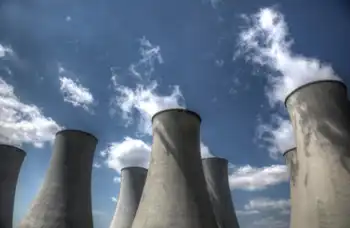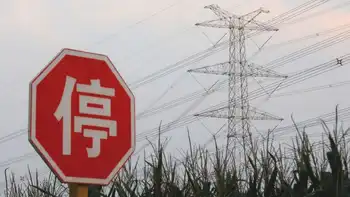Billionaire looks to work with Hydro-Quebec
- Billionaire Russian industrialist Oleg Deripaska is seeking to join forces with Hydro-Québec, the world's biggest hydroelectric utility, to develop international water projects.
Mr. Deripaska, chief executive officer of the diversified Russian industrial group Basic Element, is making a rare visit to Canada to meet executives of Hydro-Québec, including chief executive officer Thierry Vandal. His goal is to form a partnership to build hydro plants in the developing world, such as Latin America.
"They have knowledge and expertise," Mr. Deripaska, 43, said in an interview. "We're looking for a partner to build new hydro plants."
Through his energy, mining and metals company En+ Group, Mr. Deripaska controls EuroSibEnergo, Russia's biggest privately owned power producer, with 18 plants, most of them in Siberia. The list of EuroSibEnergo consumers includes UC Rusal, the world's biggest producer of aluminum, which is 47.4-per-cent owned by Mr. Deripaska.
EuroSibEnergo, which reported revenues of $2.3-billion US in 2009, will join the Hong Kong stock exchange next month through an initial public offering valued at between $1-billion and $1.5-billion. Mr. Deripaska described the company as one of his empire's biggest growth opportunities. 'I believe this company will double its capacity in the next 20 to 25 years," he said.
EuroSibEnergo and Hydro-Québec have been holding exploratory talks for months about joint development of overseas projects, though the status of the talks is not known and Mr. Deripaska would not provide details. In Montreal, the communications office of the Quebec-owned electrical utility said it would not comment on "executive meeting schedules."
Mr. Deripaska has high regard for Hydro-Québec's technological and construction expertise and thinks the two companies could pool their resources to tackle international projects. "It's always better to share with a knowledgeable partner, in my view, especially in a green field operation," he said. "We know some things, they know some things. A utility company has a great opportunity to attract money. We and they [together] could reduce the cost of capital."
Hydro power and nuclear energy are the best ways to limit carbon dioxide output, he said, adding that he thinks Latin America, with its vast undeveloped water resources, is ripe for hydro power. Both forms of power, however, have enormous capital costs and long approval and construction times, which is why spreading the risks through partnerships is fairly common.
Persuading Hydro-Québec to leap back into the international development market may take some doing. The utility has a subsidiary called Hydro-Québec International, though it has been shedding projects, not adding them.
HQI was once active in Latin American hydro and power-transmission projects. In 2006, it sold its 92-per-cent stake in Transelec Chile, a Chilean transmission provider, to a consortium led by Toronto's Brookfield Asset Management Inc. for $1.7-billion. Hydro-Québec made a $750-million profit on the deal.
In the same year, Italian power giant Enel SpA bought an HQI subsidiary that owned 25 per cent of EGE Fortuna, a Panamanian hydropower company. HQI was also involved in power projects in the Dominican Republic in the 1990s.
Mr. Deripaska has no known business ties to Canada. During the 2008 financial crisis, a margin call deprived him of his $1.5-billion investment in Canadian auto parts company Magna International.
Related News

U.S Bans Russian Uranium to Bolster Domestic Industry
RUSSIA - In a move aimed at reducing reliance on Russia and fostering domestic energy security, the United States has banned imports of Russian uranium, a critical component of nuclear fuel. This decision, signed into law by President Biden in May 2024, marks a significant shift in the U.S. nuclear fuel supply chain and has far-reaching economic and geopolitical implications.
For decades, Russia has been a major supplier of enriched uranium, a processed form of uranium used to power nuclear reactors. The U.S. relies on Russia for roughly a quarter of its enriched uranium needs, feeding the nation's network of…




